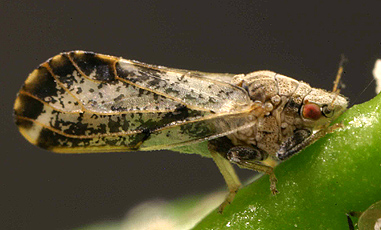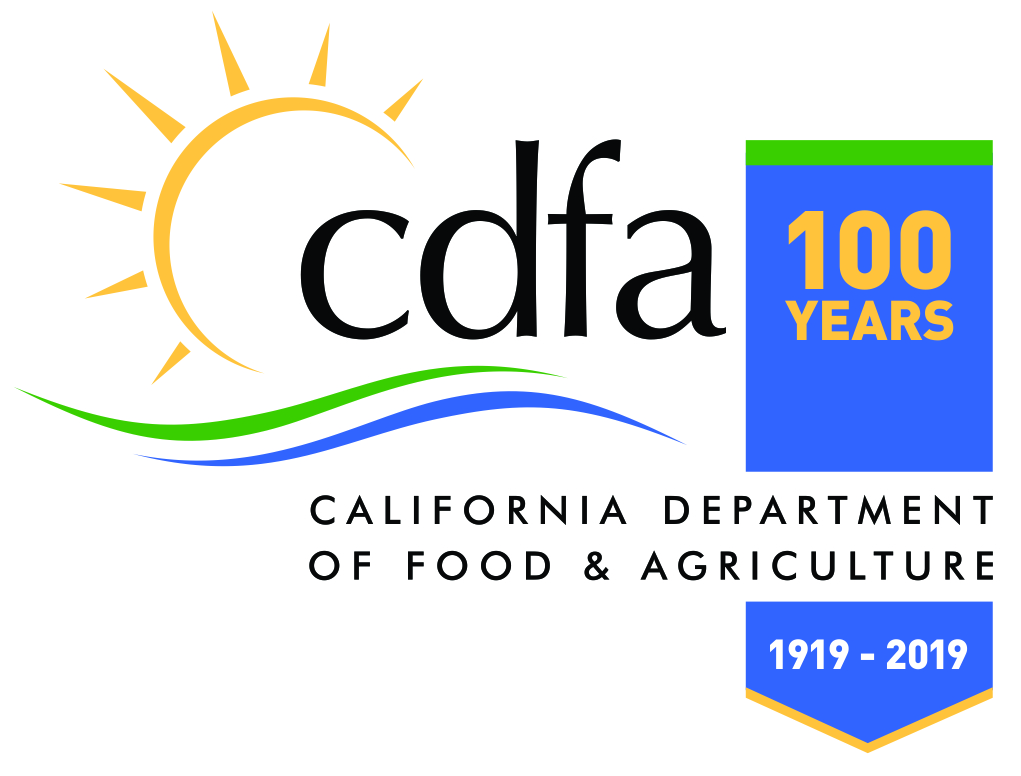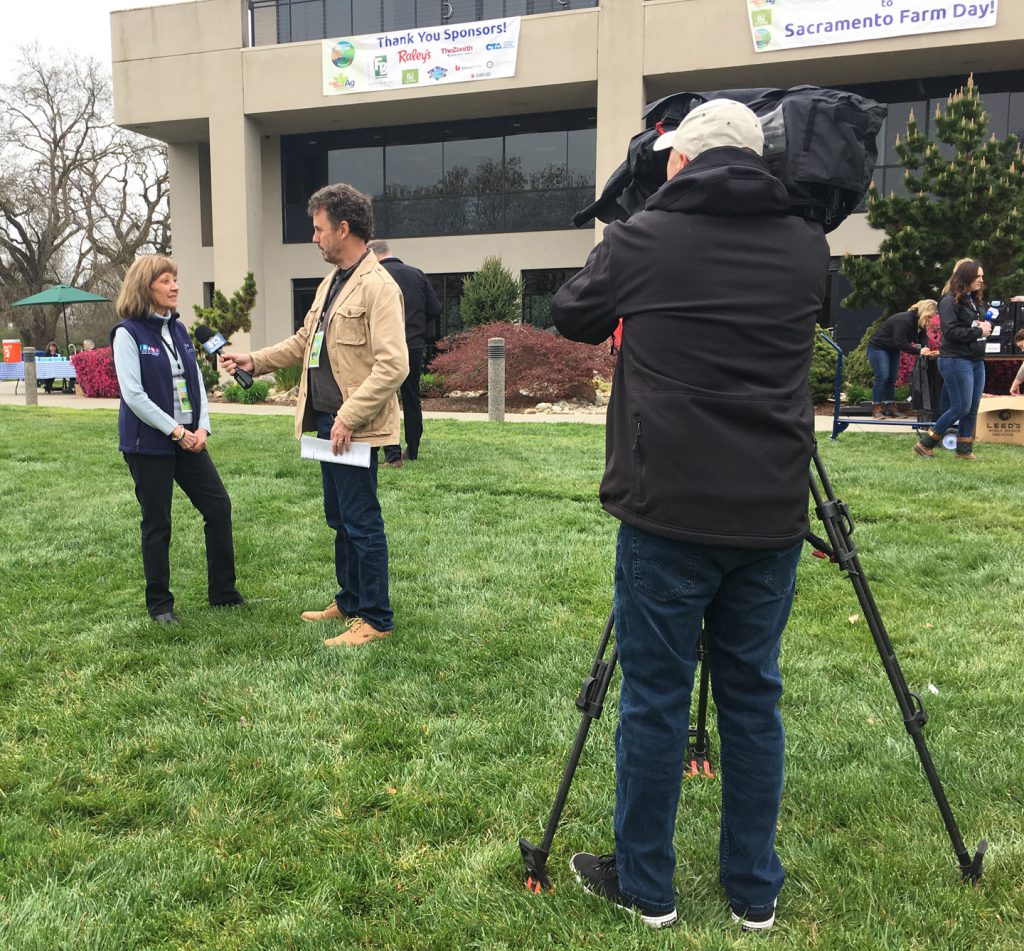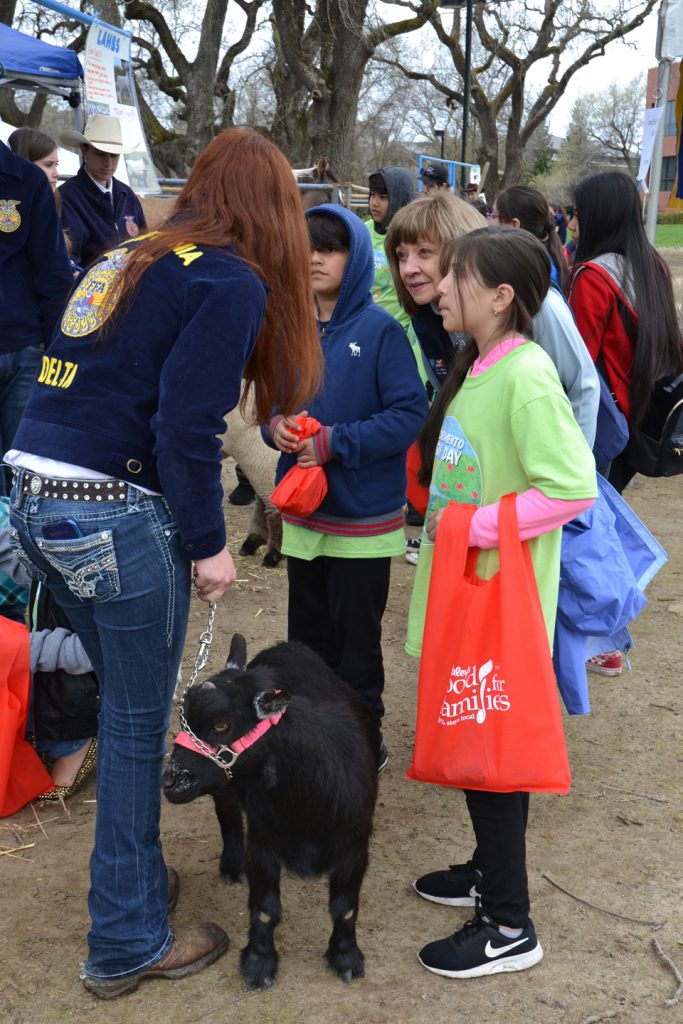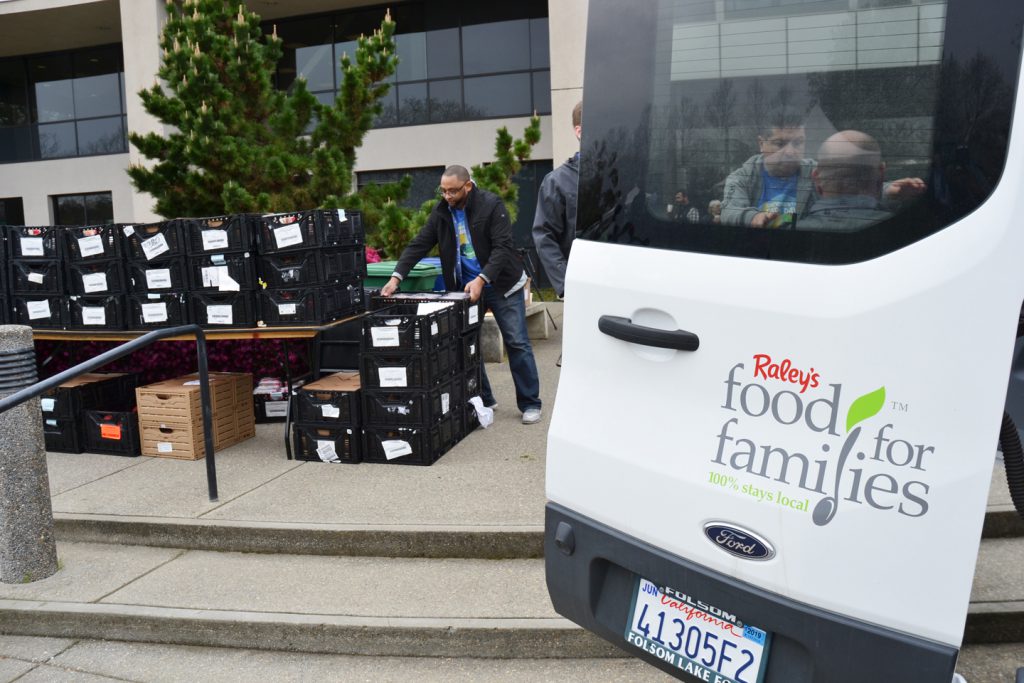The creation of good cheese involves a complex dance between milk and bacteria. In a quite literal sense, playing the right tune while this dance unfolds changes the final product’s taste, a new study shows. Denis Balibouse and Cecile Mantovani at Reuters report that hip-hop, for example, gave the cheese an especially funky flavor, while cheese that rocked out to Led Zeppelin or relaxed with Mozart had milder zests.
Last September, Swiss cheesemaker Beat Wampfler and a team of researchers from the Bern University of Arts placed nine 22-pound wheels of Emmental cheese in individual wooden crates in Wampfler’s cheese cellar. Then, for the next six months each cheese was exposed to an endless, 24-hour loop of one song using a mini-transducer, which directed the soundwaves directly into the cheese wheels.
The “classical” cheese mellowed to the sounds of Mozart’s The Magic Flute. The “rock” cheese listened to Led Zeppelin’s “Stairway to Heaven.” An ambient cheese listened to Yello’s “Monolith,” the hip-hop cheese was exposed to A Tribe Called Quest’s “Jazz (We’ve Got)” and the techno fromage raved to Vril’s “UV.” A control cheese aged in silence, while three other wheels were exposed to simple high, medium and low frequency tones.
According to a press release, the cheese was then examined by food technologists from the ZHAW Food Perception Research Group, which concluded that the cheese exposed to music had a milder flavor compared to the non-musical cheese. They also found that the hip-hop cheese had a stronger aroma and stronger flavor than other samples.
The cheeses were then sampled by a jury of culinary experts during two rounds of a blind taste test. Their results were similar to the research group’s conclusions and the hip-hop cheese came out on top.
“The bacteria did a good job,” Wampfler tells SwissInfo. The experts said A Tribe Called Quest’s cheese was “remarkably fruity, both in smell and taste, and significantly different from the other samples.”
The tasting, however, was subjective and not everyone thought hip-hop was the cheesiest. “My favorite cheese was that of Mozart, I like Mozart but it’s not necessarily what I listen to… maybe a sweet little classical music it does good to the cheese,” chef and jury member Benjamin Luzuy tells Agence-France Presse.
So, are the differences all in the taster’s heads? It’s hard to say at this point, but the fromage will now go through a biomedical survey to see if there are actual differences in the structure of the cheeses.
When the experimented started, Wampfler—who is a veterinarian by day and cheesemaker in his free time—told the AFP last year that in his experiences all sorts of things can affect the flavor and texture of a cheese.
“Bacteria is responsible for the formation of the taste of cheese, with the enzymes that influence its maturity,” he says. “I am convinced that humidity, temperature or nutrients are not the only things that influence taste. Sounds, ultrasounds or music can also have physical effects.”
Michael Harenberg, director of the music program at Bern University of the Arts says he was skeptical of the whole project when Wampfler first approached him. “Then we discovered there is a field called sonochemistry that looks at the influences of sound waves, the effect of sound on solid bodies.”
It turns out that Wampfler was rooting for the hip-hop cheese to win all along. Now, reports Reuters, he and his collaborators want to expose cheese to five to ten different types of hip-hop to see if it has similar effects.
Wampfler also tells the AFP that he can see marketing cheeses based on the music they matured too. Already, he says people have called requesting cheese that has listened to the blues, Balkan music and ACDC.
Link to article
